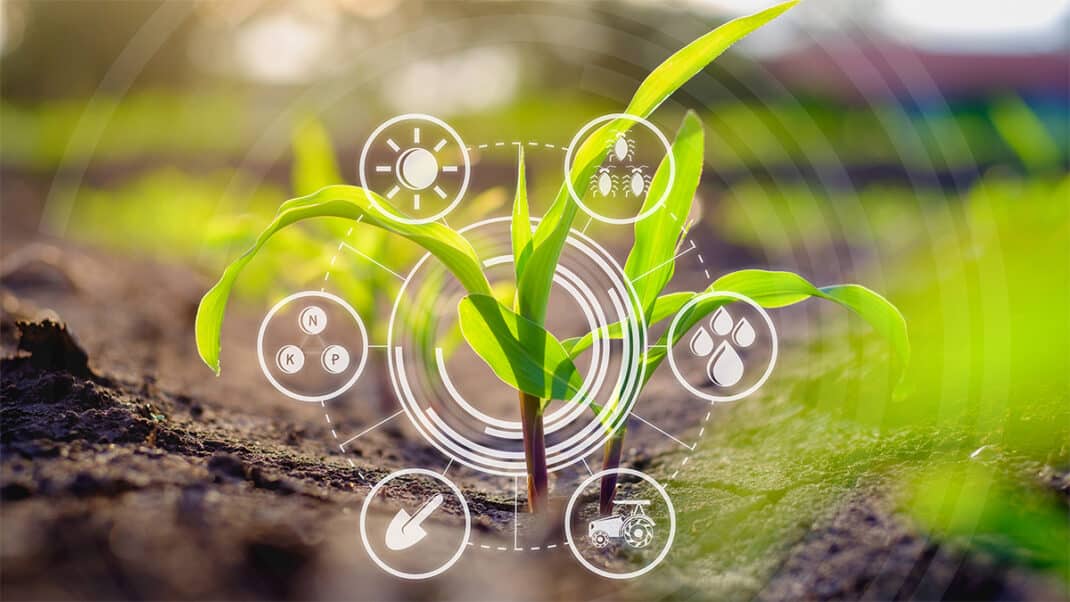Reducing Our Food-Related Carbon Footprint
Three ways to eat green and help the earth.

While many consumers want to make food purchases that are more gentle on the environment and reduce their carbon footprint, some recommendations—like going organic or switching to a meat-free diet—can seem overwhelming and unrealistic to many people.
Now, researchers report in Environmental Science & Technology that there are three ways that American households can reduce the carbon footprint of their food purchases—without requiring significant dietary changes. Here are some green suggestions:
- Small households of one or two people should buy less food in bulk quantities. Bulk packages are often more than will be eaten, leading to food waste. In turn, manufacturers should offer cost-effective package sizes.
- Cutting out foods with high caloric content and low nutritional values, such as packaged ultraprocessed foods, would result in a 29% reduction of the total potential greenhouse gas emissions of the diet of households. No doubt, a health-boosting move as well.
- People should buy less savory bakery products and ready-made foods. The large quantities of these convenience items that are purchased add up to significant emissions attributed to their production.
See also: Lower-Carbon Diets Healthier and Good for the Planet
Matthew Kadey, MS, RD
Matthew Kadey, MS, RD, is a James Beard Award–winning food journalist, dietitian and author of the cookbook Rocket Fuel: Power-Packed Food for Sport + Adventure (VeloPress 2016). He has written for dozens of magazines, including Runner’s World, Men’s Health, Shape, Men’s Fitness and Muscle and Fitness.





